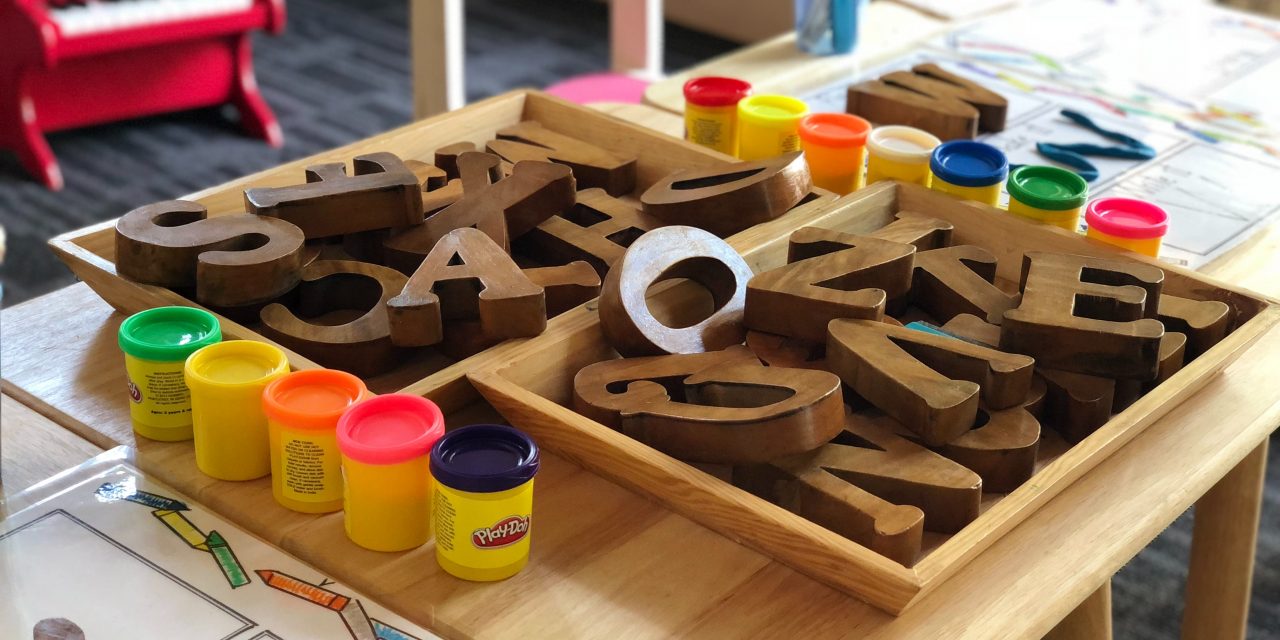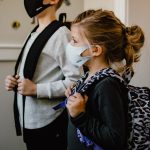Photo by Gautam Arora on Unsplash
By Alexia Magana
The CDC has made it easier for parents to go back to work to make a livable wage for themselves and their children. In order to let children back into the care facilities, many different aspects needed to be altered. Many schools and children populated buildings needed to reconsider ventilation, food service, and needed to start considering students unable to wear masks, students with special health needs and disabilities, recognizing signs/symptoms of Covid-19, coping and support for students, teachers, and parents, and making different plans for different accommodations as they come up. Very few schools and child facilities were equipped to understand and control the number of bacteria and PPE (Personal Protection Equipment) available to them at the beginning of this time but seemed to understand after what seemed like a very long time.
As the months went on, our cities have seen more and more leeway with letting students come into school and complete in-person learning. Some daycares were allowed to open back up with less than half capacity, however there were some families that were given priority over others, this would include, but is not limited to, essential workers, at-risk children, and families receiving state childcare subsidies.
Childcare also has been trying to incorporate social distancing to the best of their abilities, however most children have no idea what boundaries are and will do everything in their power to be in your space, especially if you have asked them not to. With care providers, they have been trying to keep the same group of children together instead of mixing to create different social groups to try to insure children cannot pass too many germs to others.
Curbside drop off and pick up for parents has become a new normal as well to try to restrict the amount of adult to non-blood related children contact. Staggered pick up and drop off times can also ensure that each child can receive a small health screen and temperature check before being able to enter the facilities. Children are also required to be without a fever of 100.4 degrees or higher for 72 hours where previously children needed to be without a fever of 101.4 degrees or higher for 24 hours.
Our progression has come farther than many thought it would, despite many different setbacks in and around Washington State as a whole. Together this battle will continue and learn to change our ways to better our community and our children’s education.






